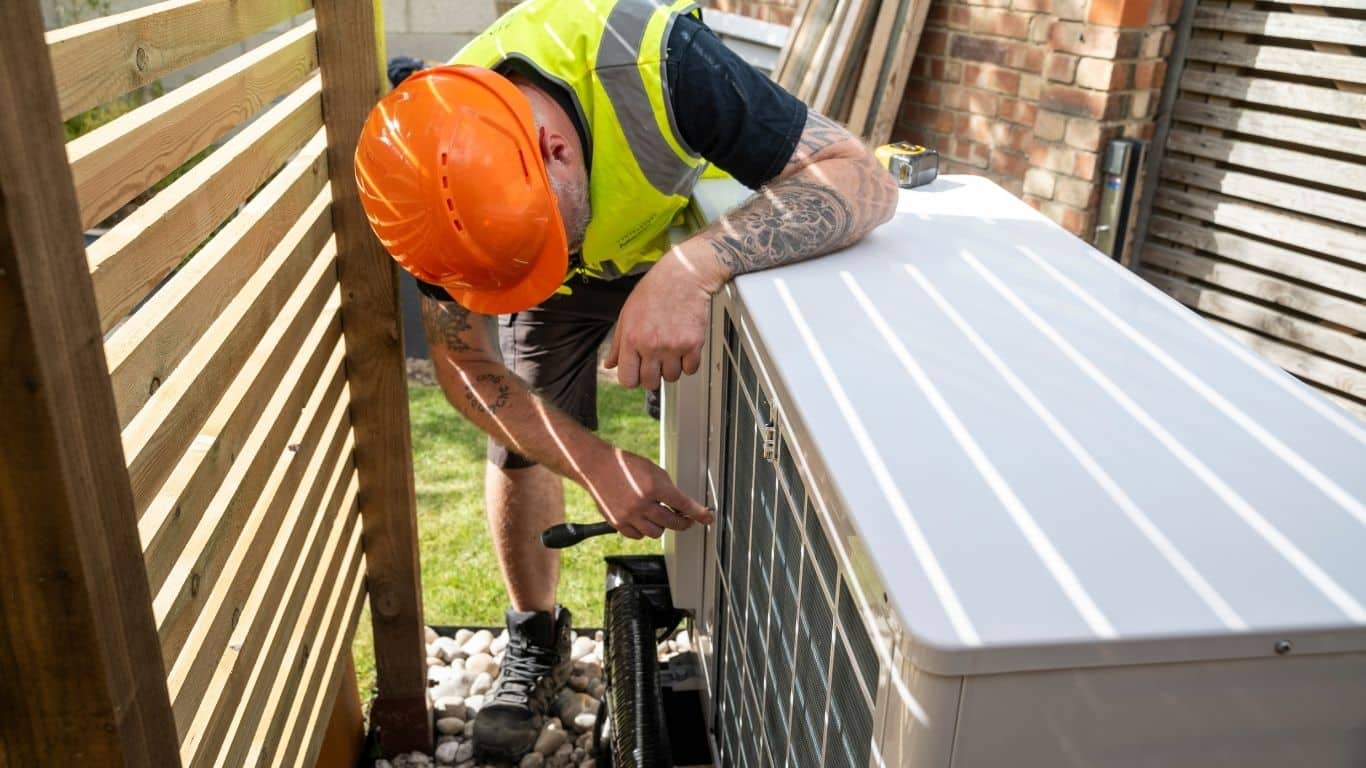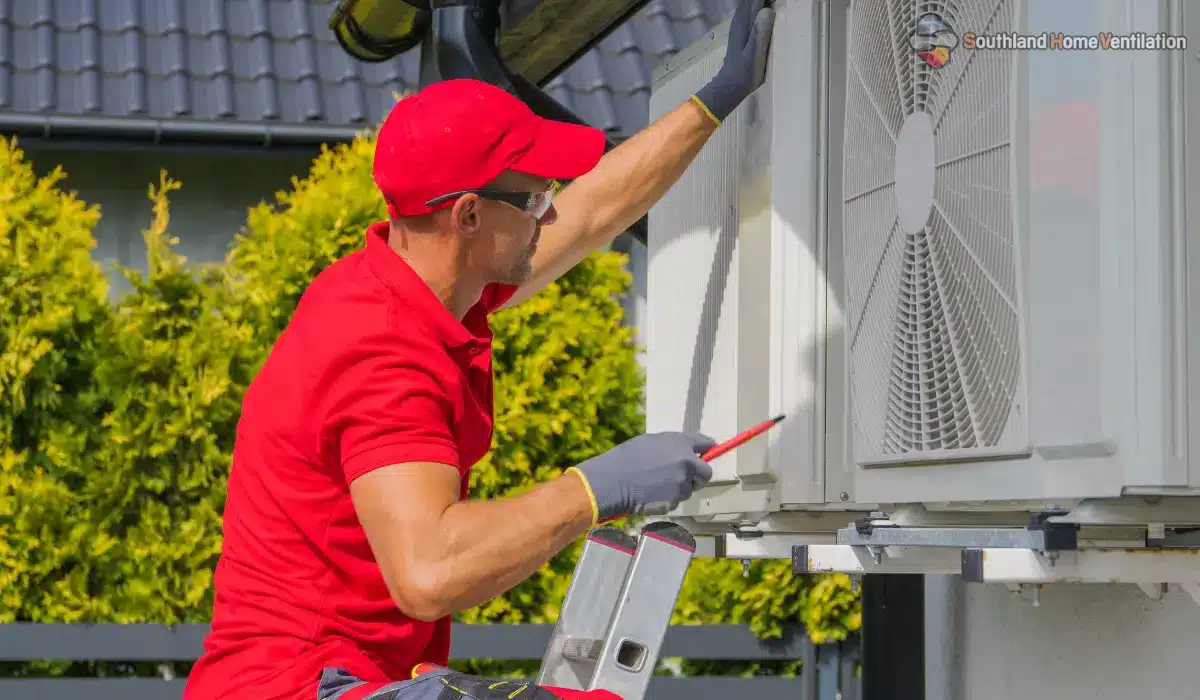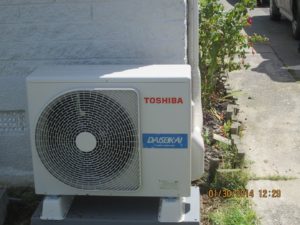Heat pumps have become common in many homes because they provide comfort during both cold and warm months, yet many people do not realise how important regular heat pump service can be for lasting performance. Several homeowners assume a pump only needs care when obvious problems appear, but that thinking can lead to expensive repairs and shorter system life. Understanding how service works not only saves money but also ensures that a home remains comfortable across every season.
Many households focus on simple actions such as cleaning filters while ignoring the need for professional attention, which leaves several areas of a system unchecked and vulnerable to early wear. A common misunderstanding is that a modern pump never loses efficiency over the years, although in reality, dust, dirt, and constant use will gradually reduce effectiveness. This blog clears up those misconceptions, showing how service provides stronger performance, greater safety, and lower energy costs across the long term.
Service Only Needed When Problems Start
One of the most widespread beliefs is that heat pump service should only happen when something goes wrong, which creates risk for homeowners waiting until performance drops before taking action. Regular care works differently since small problems get spotted before turning into expensive breakdowns that require major repairs. When a system receives consistent checks, it stays reliable for longer periods, meaning fewer emergencies and smoother operation.
If a pump is left untouched until failure, the repair often costs more than the price of routine care, and the disruption to household comfort can be frustrating. Proactive service reduces that risk since it allows specialists to clean, test, and adjust parts before strain builds up in critical areas. Homeowners benefit from knowing that prevention helps avoid unnecessary interruptions and heavy financial stress linked with urgent repair calls.
Another advantage of scheduled service is the ability to extend the lifespan of equipment through consistent cleaning, lubrication, and replacement of worn components. Without those actions, small inefficiencies quietly add up, increasing power use and reducing effectiveness during both heating and cooling seasons. Routine service provides reassurance that the pump will not suddenly fail during a hot summer or freezing winter.
Cleaning Filters Is Enough For Maintenance
Some people believe cleaning or replacing filters is the only task needed to maintain a pump, yet this approach misses many other vital checks required for safe operation. Filters play an important role since they trap dust and improve air quality, but they cannot protect mechanical or electrical parts from natural wear. A system left untested in deeper areas can still develop issues despite clean filters.
Professional servicing goes further by testing refrigerant levels, inspecting wiring, and checking fan motors that cannot be reached through simple homeowner cleaning. If those components weaken or break, the result may be unsafe operation, reduced airflow, and even long-term damage to the entire system. Service offers a full overview that ensures performance is safe and efficient across every working part.
Ignoring deeper inspections means hidden problems grow unnoticed, which often causes bigger issues that filters alone cannot prevent. Regular heat pump service guarantees that attention is given to every area, not just the visible filter section. By choosing thorough care, households gain protection for both safety and performance rather than relying only on surface maintenance.
Heat Pumps Never Lose Efficiency Over Time
It is common to hear people say a heat pump will always operate at the same efficiency level, yet that belief ignores natural wear and the build-up of dust within moving parts. Even advanced units face a gradual decline because of the strain placed on compressors, coils, and fans over repeated cycles. No technology can stay perfect without consistent attention that slows down natural loss of efficiency.
Once dust and dirt coat the internal coils, the system must work harder to maintain target temperatures, which increases power consumption. Extra strain forces parts to run longer and reduces overall reliability, causing bills to rise while comfort decreases. That decline demonstrates why service is essential for protecting both energy use and home climate control.
Professional cleaning removes the debris that builds up over months, helping the system operate closer to its intended efficiency level. When service is ignored, the gradual loss compounds year after year, making the unit feel weak even if it is not technically broken. Routine maintenance restores performance levels and provides relief from rising costs.
Professional Service Is Too Costly For Homes
A frequent misconception is that professional service costs too much for average households, but analysis shows regular care often saves more money than it spends. When small issues are caught early, repair bills stay far lower than the cost of replacing major components. Spending a modest amount each year prevents households from facing large financial pressure caused by emergency failures.
Heat pump service also saves money through reduced energy bills, since a well-maintained system uses less power to achieve the same comfort. Poorly maintained pumps often run longer, wasting electricity and raising costs month after month. Regular servicing makes the difference between affordable utility bills and excessive charges caused by inefficiency.
The value of professional care extends beyond money, as it provides peace of mind that safety checks have been carried out correctly. Trained technicians know how to test electrical connections, refrigerant pressure, and airflow, areas that may pose risks if ignored. Investing in service is not just about cost but also about ensuring safe and consistent home comfort.
Heat Pumps Work Well Without Professional Checks
Another assumption is that pumps can continue working properly without any professional attention, although a lack of care increases strain on vital components. Systems left unchecked must push harder to meet temperature demands, which accelerates wear and raises the chance of breakdown. Without service, efficiency drops, energy use climbs, and comfort levels often decline.
Professional checks allow technicians to spot unusual noises, weak airflow, or refrigerant leaks that homeowners may overlook. Addressing such problems early prevents bigger mechanical failures that require costly repairs or full replacement. A serviced pump remains stable, balanced, and capable of delivering consistent heating and cooling without extra stress.
Ignoring service leads to a gradual performance decline that can go unnoticed until failure happens during an important season. Homeowners who skip checks may not realise how much more energy their pump consumes compared with a serviced system. Choosing regular care prevents unexpected breakdowns and ensures efficiency remains closer to the original design.
Servicing Only Improves Heating, Not Cooling
Some households believe servicing helps with heating but makes little difference for cooling, although pumps rely on the same system for both functions. Refrigerant levels, coils, fans, and compressors operate during cooling cycles just as they do when heating, so both functions need consistent care. Maintenance protects performance in both summer and winter alike.
When coils become blocked or refrigerant levels fall, cooling capacity weakens and energy use rises, causing discomfort during warmer months. Without servicing, a pump may still produce heat effectively while struggling to deliver cool air, creating the false impression that cooling does not require checks. Professional attention keeps both processes balanced and efficient.
Consistent servicing ensures the dual-purpose design of a pump works as intended, protecting households in every season. Ignoring cooling maintenance risks, higher costs, and weaker comfort levels during hot conditions. A full-service plan guarantees reliable performance no matter the weather.
All Service Providers Offer The Same Quality
A common misconception is that all service providers deliver equal quality, yet in practice, skills and experience can vary significantly. Some providers may only perform basic tasks without deeper checks, leaving important problems undetected. Trusted providers offer thorough inspections that cover every part of a system to ensure safe operation.
High-quality providers test refrigerant pressure, inspect wiring, clean coils, and measure airflow with careful attention. Poorly trained providers may miss signs of strain or overlook small faults that later become major issues. Choosing a reliable provider makes the difference between temporary surface cleaning and long-lasting protection.
Homeowners should research the provider’s reputation, customer reviews, and qualifications before booking heat pump service. The right choice ensures value for money and peace of mind that safety has been prioritised. Service quality impacts both system lifespan and long-term efficiency.
Annual Service Is Unnecessary For Modern Units
Some people believe modern pumps do not require yearly checks because technology has advanced, but even advanced systems need regular service. Mechanical and electrical parts still face natural wear and dust build-up that cannot be avoided. Without care, performance declines regardless of unit age or design features.
Annual service allows early detection of problems, such as refrigerant leaks or electrical faults, which may otherwise go unnoticed. Even small issues reduce efficiency and safety when ignored for long periods. Routine inspections help ensure a unit continues to perform at its intended standard.
Households relying on advanced technology without yearly service risk facing sudden breakdowns that disrupt comfort and require costly emergency repairs. Modern pumps are efficient but not immune to strain, dirt, or age. A consistent service schedule secures both efficiency and longevity for every type of system.
Why Service Matters More Than Assumed
Heat pump service is not a minor task but a crucial part of keeping household systems reliable and efficient across every season of the year. Misconceptions often lead people to delay care, only to face costly breakdowns and rising energy bills when problems finally appear. Regular service prevents small faults from growing and keeps performance strong for longer periods.
Southland Home Ventilation provides trusted servicing designed to protect long-term system use while supporting homeowners who want reliable comfort at a lower cost. With regular checks, households enjoy better efficiency, fewer repair costs, and improved safety. A clear understanding of service benefits helps every homeowner make informed choices about maintenance that ensure lasting value.


